THE PICTURES OF GEORGE L BOAG TAKEN FROM 1908 TO 1912
PICTURES 1 TO 10
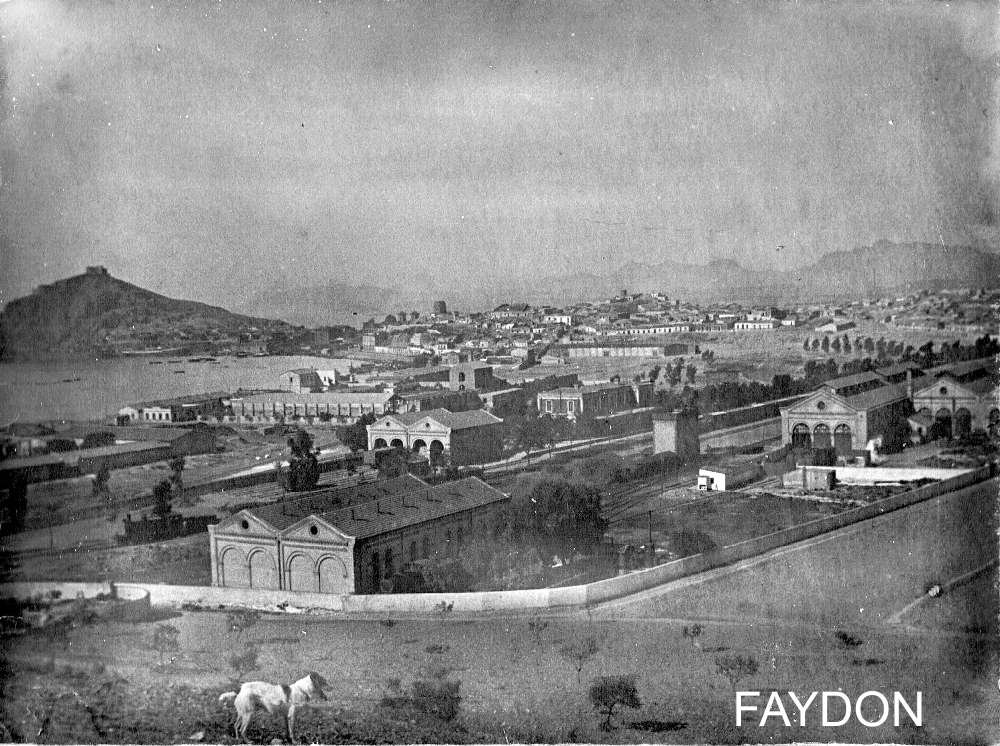
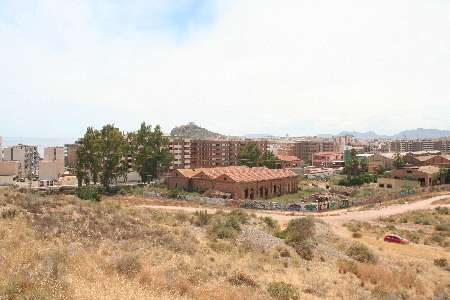
I have chosen this picture first because it is so full of railway life. It was taken just outside the station, looking towards the port. The large building front left, above George's dog Jack (who appears in many of the pictures) is the main workshop where engines were given their all too frequent overhauls.
To the left of this building you can see an engine (a Mogul I think) pulling some wagons towards El Hornillo. You can just see the final wagon beyond the workshop. It is one of the conventional square-shaped sort, so this must be before the introduction of the "Yankee" hopper wagons. To the right of the workshop, in front of the wall another engine is parked. There appears to be two workmen standing by it. To the right of the big tree is an incinerator?
Swinging round to the centre right are more workshops with a bonfire in front. Between them, next to the line is the original water tower.
Crossing the line in front of the water tower you see the station building with its offices and strongroom (now a museum). To the left are the engine sheds with what looks like a couple of wagons outside.
So far, the buildings I have described are still there, albeit in a poor state in some cases. But looking beyond the station to right centre you see an empty space. This would become the huge marshalling yards when the hopper wagons were bought and the mines of the Sierra de Filabres got into full production. A picture showing a little of what they looked like is in my book. Today part of it is the bus section of the intermodal station and building is taking place on the rest of it.
The really big change is when you look at the buildings between the station and the harbour. Most of these buildings were associated with the railway, particularly esparto warehouses. All have now gone, replaced by flats, offices and houses.
Note how small the town is, compared with today. Buildings now cover most of what you can see and far beyond that. Even the hill on which stands San Juan Castle (recently opened as a museum) today has houses part way up. At the foot of this hill is a large boat.
On the skyline are the stumps of the Sagrera (centre) and Alacranes (right) windmills. The first of these has now been restored and has sails.
The small picture on the right shows the same view today - GV
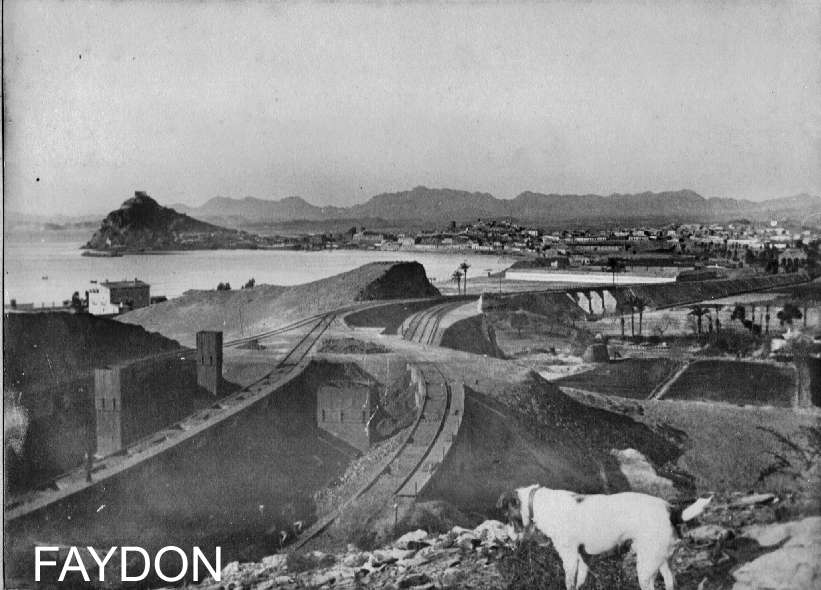
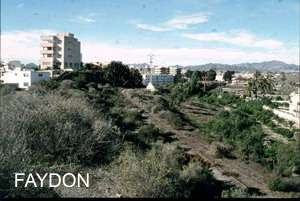
In this second picture, almost certainly taken on the same day, George has moved further away from the station next to the El Hornillo hoppers. Curiously, he is standing very close to what would become the Gustave Gillman Avenue. It is difficult to make out but I think that there are a couple of men shovelling in the hopper at the bottom leftish of the picture. The esparto works and others show up clearly and the ship is still in the harbour. The bridge over the Culebras (Snakes) Rambla is still there, but I am not sure for how much longer. The smaller picture shows a modern view from a similar angle. Note that the terrain has become covered in vegetation.
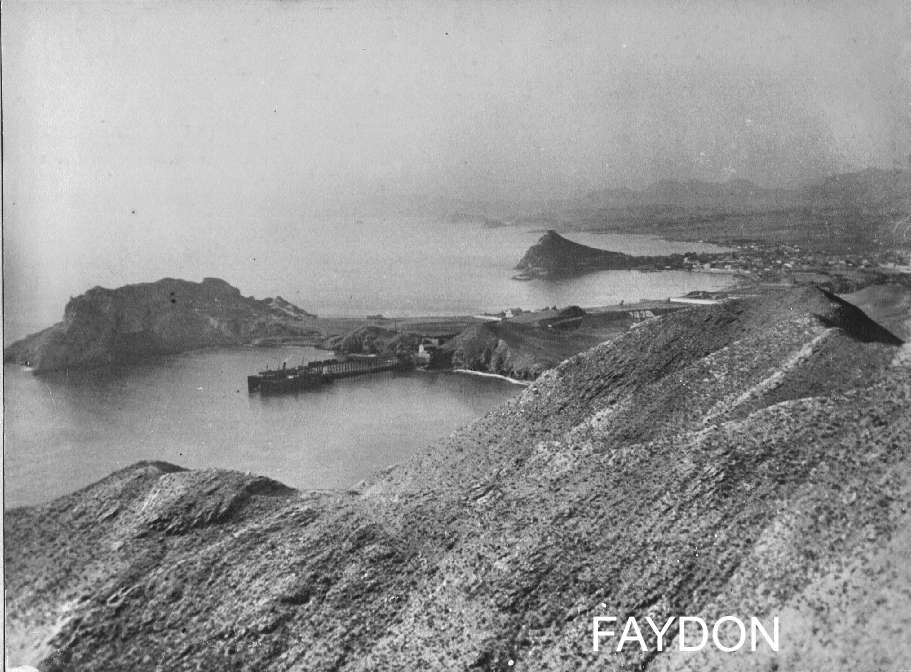
This last picture of the three towards Aguilas shows two ships docked at El Hornillo and some wagons delivering iron ore
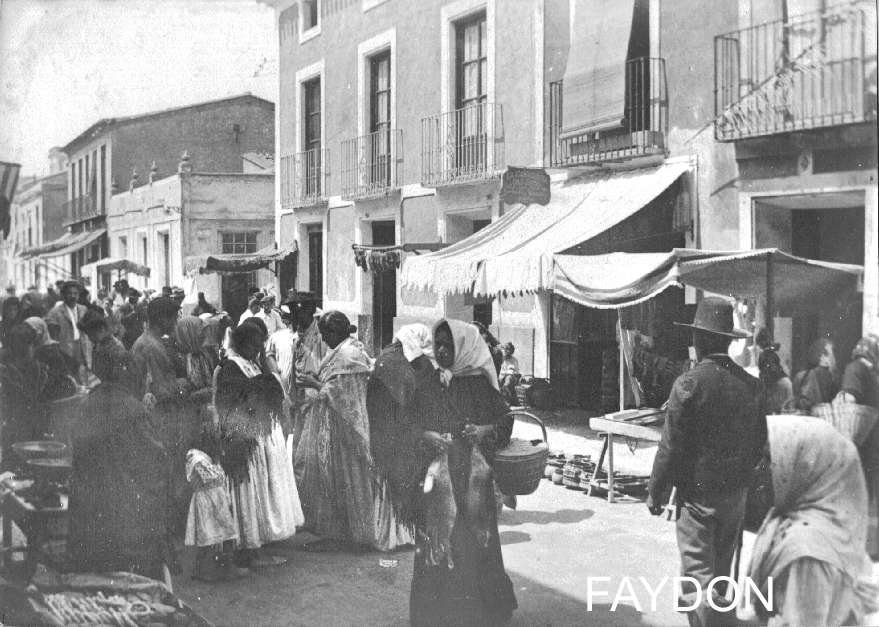

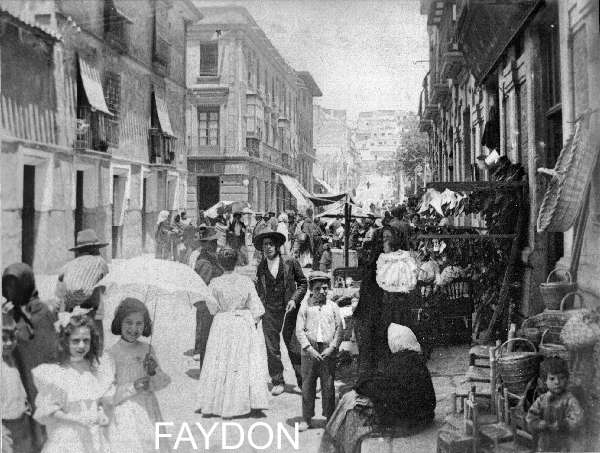
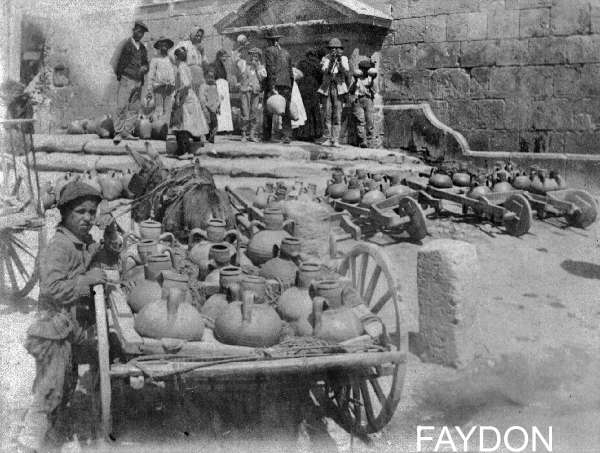

Above are five pictures of market life in Aguilas.
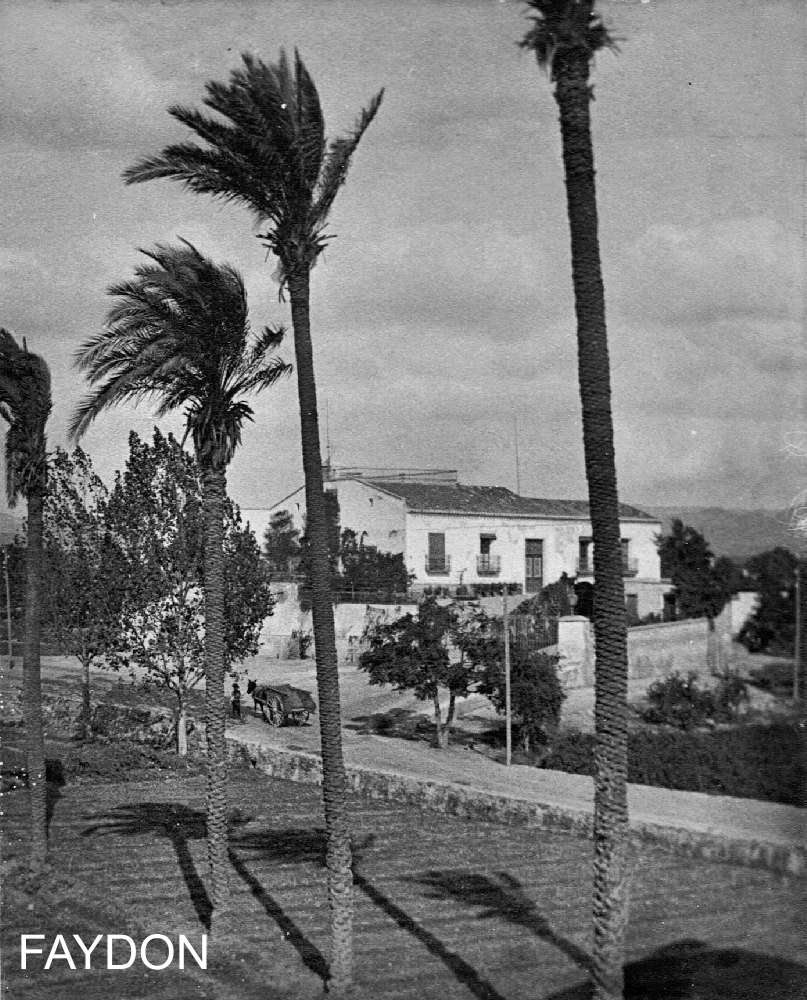
This picture posed a problem. The text underneath the picture says "G Gillman's house from my terrace." This is not the house shown in my book because as I have said on the updates page (2009), that was not Gustave's house. The small picture shows what I have on good authority was his house. Is this the same house as the black and white picture? There are some similarities; the upper terrace with an entrance on the upper floor, and the general terrain. The shape of the house is, however, very different, perhaps it was rebuilt.
All was resolved when Gerrit Visser contacted Eveline van der Heijden (great-granddaughter of Gustavo Gillman).
She confirmed that this picture in George Boag’s album is indeed of a house where G Gillman and his family lived (seen from George’s terrace). The house however has been demolished and at the same plot a new house has been built that somewhat resembles the original house. Eveline visited the new house some time ago and spoke to the present owner _ GV.
What can we tell from the picture? The trees and the lane do not help much as the whole area has been developed. Jacqueline, Gerrit and I looked carefully around the area of the modern house and could find nothing that could conceivably be Boag's place. The shadows of the trees suggest that the picture was taken in the morning or late afternoon, indicating that Boag's house was approximately to the west or the east of Gillman's. This is to an extent confirmed by the mountains that can be see on the left and right horizons. Unfortunately there is not enough profile available to identify the ranges.
The “Gillman’s house” known as the “La casa de la Huerta” was the home of several British who lived in Aguilas. Located at that time in a courtyard, today at the crossroads of Calle Marín Menú and Calle Ramón y Cajal, was the first Gustave Gillman’s house in the town. Later it was occupied by Robert Simpson, where his wife Lina opened a “free medical outpatient department” before moving to another one close to Aguilas castle. (Photos of this house was photocopied for me many times ago by Joan Michell, a person who lived in Aguilas and was in charge of the British Cemetery) - AH
Locating the house from where the photo were shot (the back terrace of a house at the Calle de Lorca) no important information can be obtained from the census, because, apparently no British people lived in that street. In any case the municipal census of that time is not very detailed (no information about numbers, an that is one of the longest streets in Aguilas) - AH.
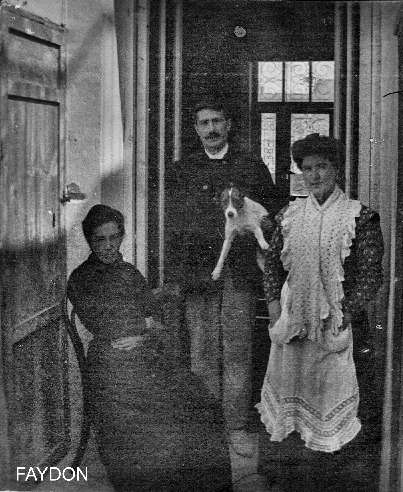
I don't know much about this picture except that the man holding the terrier "Jack" is called Tomas or Thomas. Presumably he was a manservant? The text under the picture says "My Houshold at Aguilas 1909". We would have to assume that the house in question is the same as the one in the picture above.
{On September 19th 1907, "Mr Gillman introduced me to a worthy lady - Dona Dolores de Fortun, who offers to take a house for me and act as housekeeper etc."}
I remember my mother talking about "Dolores", probably from her visit to Aguilas in 1923. George was living at a fonda in September 1907, then moved to a house on 1st November. On April 3rd 1908 he went to Granada, mentioning that during his absence the removal would be made to "new house". He arrived back to Aguilas on April 8th to find removal accomplished. Unfortunately he doesn't say where exactly it is, but does say that it is 200 yards from the sea and 100 yards from any other house. I wonder if he is the man holding the dog in the photo, the seated lady could be Dolores. - AM.
{On December 24th 1908, "Engaged Tomas Lopez as valet". Tomas is mentioned on numerous occasions, and his name is spelt "Thomas" a number of times.}
{"At the beginning of June 1908, the coal boat (the "Rapid") brought me out a young wirehaired fox terrier dog (10 months old) bought for me by the coal suppliers - "Jack".}
Click here to go to the Next Page
Click here to go to the Boag pictures Home Page
Click here to go to the Faydon.com Home Page